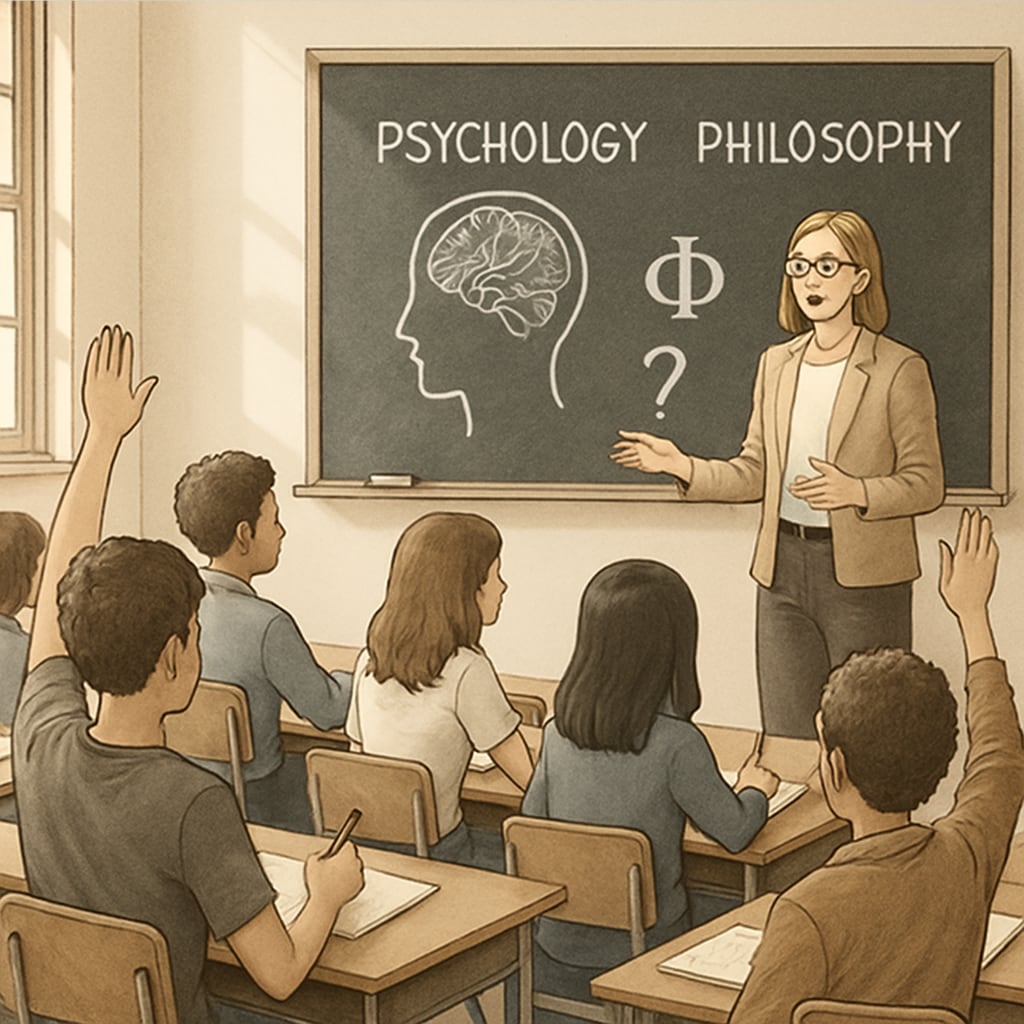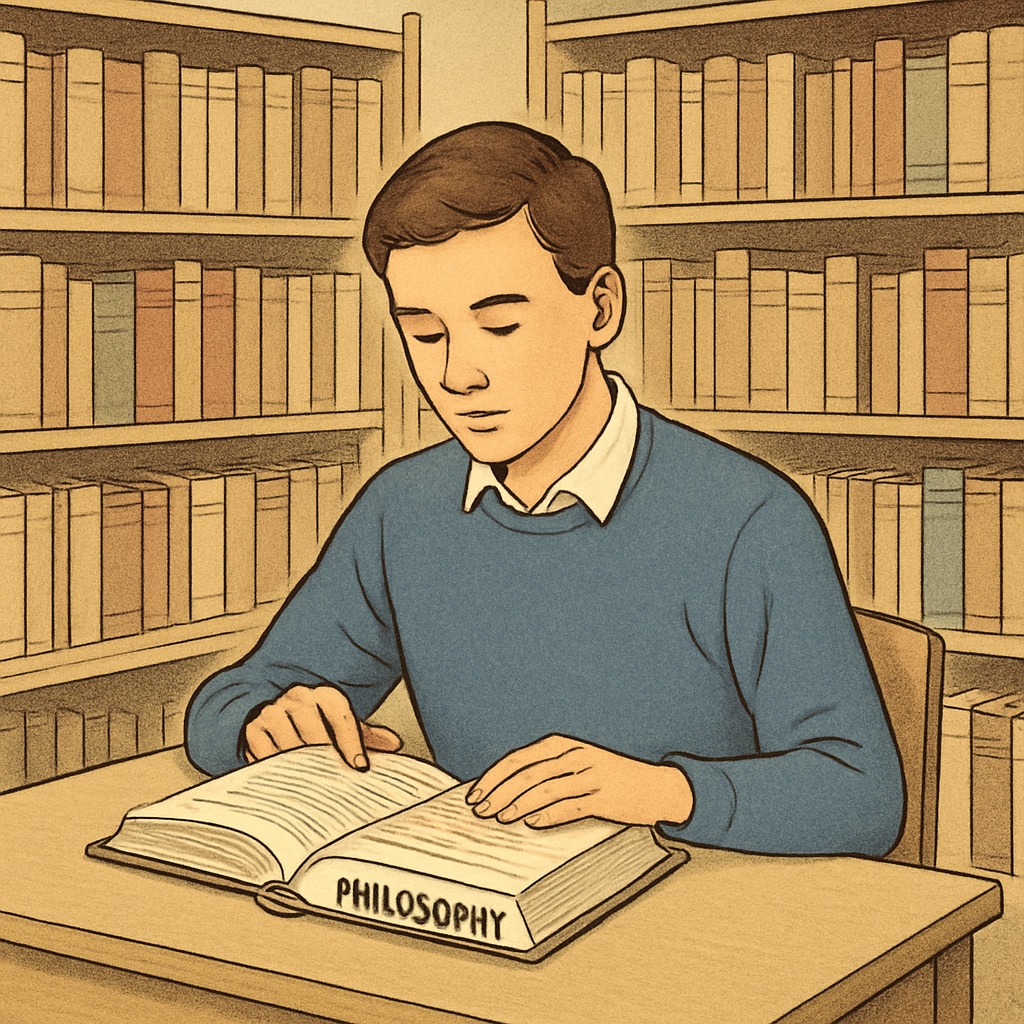Psychology, philosophy, and amateur learning are deeply interconnected fields that can significantly enhance K12 education. By integrating foundational concepts from psychology and philosophy into the curriculum, educators can cultivate critical thinking abilities and foster self-awareness among young learners. This article outlines practical ways to introduce these subjects to students of various age groups, alongside recommended resources tailored for beginners.
Why Psychology and Philosophy Matter in K12 Education
Psychology (the study of the human mind and behavior) and philosophy (the study of fundamental questions about existence, ethics, and knowledge) provide tools to explore the complexities of thought, decision-making, and self-reflection. These disciplines are essential for helping students develop a deeper understanding of themselves and the world around them.
Introducing psychology and philosophy early in education has several benefits:
- Critical Thinking Skills: Philosophy encourages questioning assumptions and analyzing arguments, while psychology helps students understand cognitive biases and decision-making processes.
- Emotional Intelligence: Psychology teaches empathy, emotional regulation, and interpersonal skills, while philosophy addresses ethical dilemmas and moral reasoning.
- Self-Awareness: Both subjects emphasize introspection and understanding personal values and beliefs.

Recommended Resources for Amateur Learning
For K12 students and amateur learners, it’s essential to use accessible and engaging resources. Below are some recommendations:
For Younger Students (Grades K-5)
- Books: “What Should Danny Do?” by Ganit & Adir Levy introduces decision-making and consequences through interactive storytelling.
- Activities: Simple exercises like mindfulness practices can help children understand emotions and self-regulation.
For Middle School Students (Grades 6-8)
- Books: “The Philosophy Files” by Stephen Law offers fun, thought-provoking explorations of philosophical questions.
- Videos: The YouTube channel CrashCourse provides accessible introductions to psychology and philosophy.
For High School Students (Grades 9-12)
- Books: “Thinking, Fast and Slow” by Daniel Kahneman introduces cognitive psychology in an engaging way.
- Online Courses: Platforms like Coursera offer beginner-friendly courses in psychology and philosophy.

Practical Tips for Incorporating Psychology and Philosophy
In addition to offering resources, educators and parents can apply the following strategies to nurture interest in psychology and philosophy:
- Encourage Discussion: Create opportunities for students to debate ethical dilemmas or analyze psychological scenarios.
- Use Real-Life Examples: Connect abstract concepts to students’ everyday experiences, such as discussing decision-making in friendships or navigating emotions during stressful situations.
- Incorporate Media: Use films and TV shows that illustrate psychological and philosophical themes to spark engagement.
- Promote Reflection: Assign journaling activities to help students explore their thoughts and feelings.
Conclusion: Developing Thoughtful and Reflective Learners
By introducing psychology and philosophy to K12 students, educators can empower the next generation with tools for critical thinking, emotional intelligence, and self-awareness. Starting with accessible resources and practical activities ensures these subjects become an enriching part of their educational journey. As a result, students will be better equipped to navigate the complexities of life with curiosity and thoughtfulness.
Whether you’re an educator, parent, or amateur learner, consider exploring the profound impact these disciplines can have—not only on academic success but also on personal growth.
Readability guidance: This article uses short paragraphs and lists to ensure clarity. Transition words like “however,” “in addition,” and “for example” are distributed throughout the text to enhance flow.


